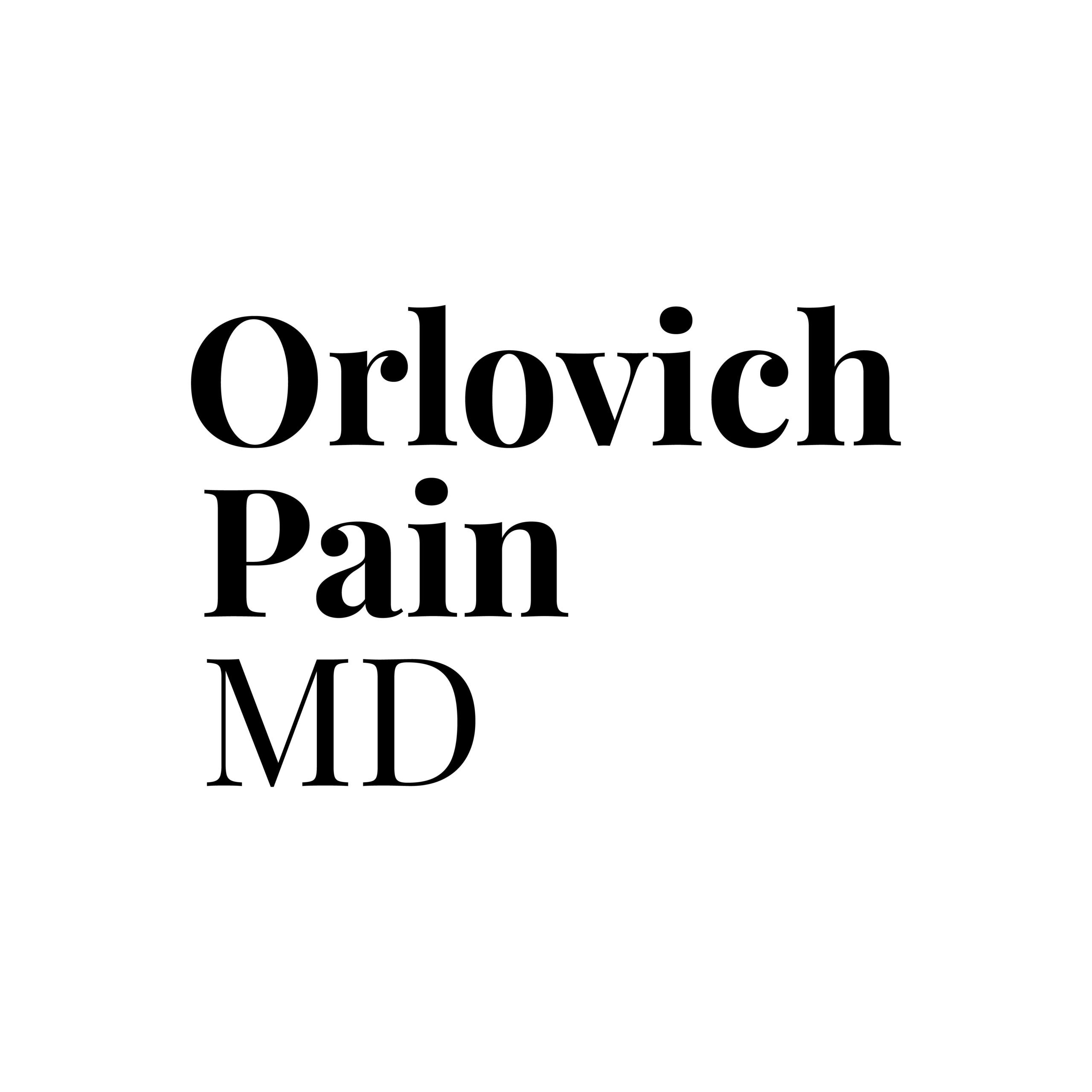Sciatica is a condition that arises from compression or irritation of the sciatic nerve, the longest nerve in the human body. This nerve originates in the lower back, travels through the buttocks, and extends down each leg. Common causes include herniated discs, spinal stenosis, or the compression of the nerve by the piriformis muscle. Sciatica manifests as sharp pain, numbness, and tingling, typically affecting one side of the body.
Understanding Sciatica
Causes and Symptoms: Sciatica often stems from conditions like herniated discs, where the gel-like substance within a disc protrudes and irritates the surrounding nerves. Spinal stenosis, a narrowing of the spinal canal, can also compress the sciatic nerve. Piriformis syndrome involves the piriformis muscle irritating the sciatic nerve. Symptoms may include shooting pain, numbness, and tingling, often radiating down the leg.
Diagnostic Procedures: Confirming sciatica involves various diagnostic methods. A thorough physical examination helps identify symptoms, and imaging tests, such as MRI or CT scans, provide detailed views of the spine. Nerve conduction studies may be employed to assess nerve function and pinpoint areas of compression.
Medication Options
Pain Relievers: Over-the-counter pain relievers like ibuprofen or acetaminophen are commonly used to manage sciatic pain. Ibuprofen, a nonsteroidal anti-inflammatory drug (NSAID), helps reduce inflammation, alleviating pain. Acetaminophen, while not an anti-inflammatory, can effectively reduce pain and fever. However, prolonged use of NSAIDs may lead to gastrointestinal issues, emphasizing the importance of cautious use.
Muscle Relaxants: Sciatica often involves muscle spasms and tension. Muscle relaxants like cyclobenzaprine can help alleviate these symptoms. However, these medications may cause drowsiness and are typically recommended for short-term use due to the risk of dependency.
Prescription Medications: In severe cases, healthcare professionals may prescribe oral steroids to reduce inflammation and pain. Anti-seizure medications, such as gabapentin or pregabalin, are also prescribed to address nerve-related pain. These medications may have side effects, and their use should be closely monitored by a healthcare provider.
Physical Therapy and Exercise
Importance of Physical Therapy: Physical therapy is a cornerstone of sciatica management. Therapists design customized exercise programs to improve flexibility, strengthen core muscles, and alleviate pressure on the sciatic nerve. Through targeted movements, physical therapy aims to address the root causes of sciatic pain.
Core Strengthening Exercises: Core strengthening exercises play a pivotal role in supporting the spine and reducing sciatic pain. Examples include pelvic tilts, bridges, and leg raises. Strengthening the core muscles provides stability to the lower back, helping to prevent and manage sciatica.
Low-Impact Aerobic Exercise: Incorporating low-impact aerobic exercises, such as walking or swimming, enhances blood circulation and promotes healing. These exercises are gentle on the spine and can be sustained over the long term. Regular aerobic activity contributes to overall well-being and aids in managing sciatic pain.

Alternative Therapies
Chiropractic Care: Chiropractic adjustments focus on aligning the spine to alleviate nerve compression. Skilled chiropractors use manual manipulation techniques to address misalignments. While some find relief through chiropractic care, it’s essential to consult with a healthcare professional to ensure its suitability for individual cases.
Acupuncture: Acupuncture, an ancient Chinese practice, involves inserting thin needles into specific points on the body. Studies suggest that acupuncture may help reduce sciatic pain by promoting the release of endorphins and improving blood flow. While generally considered safe, individuals should seek acupuncture from trained and licensed practitioners.

Heat and Cold Therapy: Applying heat or cold to the affected area can offer symptomatic relief. Heat therapy increases blood flow, relaxing muscles and reducing stiffness. Cold therapy helps numb the affected area, reducing inflammation and providing a numbing effect on the pain. Alternating between heat and cold can be effective for some individuals.
Surgical Options
Indications for Surgery: Surgery becomes a consideration when conservative treatments fail to provide relief or when there’s severe nerve compression. Indications may include progressive neurological deficits, intractable pain, or a significant impact on daily activities.
Types of Surgical Procedures: Common surgical interventions for sciatica include discectomy and laminectomy. Discectomy involves removing a portion of a herniated disc that is pressing on the nerve. Laminectomy, on the other hand, involves removing part of the lamina (the bony structure of the spine) to relieve pressure on the nerve.
Risks and Considerations: While surgical interventions can offer significant relief, they are not without risks. Potential complications include infection, bleeding, or nerve damage. It’s crucial for individuals considering surgery to thoroughly discuss the benefits and risks with their healthcare team and make an informed decision based on their specific circumstances.

Importance
- Personalized Care:
- Reference: Jensen, R. K., Kongsted, A., Kjaer, P., Koes, B., & Hartvigsen, J. (2018). Diagnosis and treatment of sciatica. BMJ (Clinical research ed.), 361, k1029. [https://www.ncbi.nlm.nih.gov/pmc/articles/PMC5868968/]
- Explanation: The variability in sciatica causes and symptoms necessitates a personalized approach to treatment. Medications, therapy, and surgery provide a spectrum of options that can be tailored to an individual’s specific condition and preferences.
- Conservative Management:
- Reference: [https://www.acpjournals.org/doi/10.7326/M16-2367]
- Explanation: Noninvasive treatments, including medications and physical therapy, are often recommended as initial approaches to manage sciatica. Understanding and implementing these options can contribute to effective pain relief without resorting to surgery.
- Long-Term Well-being:
- Reference: [https://www.sciencedirect.com/science/article/abs/pii/S1529943018310164]
- Explanation: Incorporating physical therapy and exercise into the treatment plan promotes long-term well-being by addressing the underlying causes of sciatica. This approach has been shown to improve functional outcomes and reduce the risk of recurrent episodes.
- Surgical Considerations:
- Reference [https://www.ncbi.nlm.nih.gov/pmc/articles/PMC1885299/]
- Explanation: Surgery may be necessary in certain cases, and understanding the indications for surgical intervention is vital. Early surgery can be effective in specific situations, preventing prolonged suffering and promoting faster recovery.
- Patient Education and Empowerment:
- Reference: [https://link.springer.com/article/10.1007/s00586-017-5099-2]
- Explanation: Educating patients about various treatment options empowers them to actively participate in decision-making. Informed patients are more likely to adhere to prescribed treatments and make lifestyle adjustments conducive to long-term sciatica management.
Questions
What is sciatica, and what causes it?
Sciatica is a condition characterized by pain along the sciatic nerve, usually caused by compression or irritation. Common causes include herniated discs, spinal stenosis, or piriformis syndrome.
How is sciatica diagnosed?
Diagnosis involves a physical examination, imaging tests (MRI, CT scans), and nerve conduction studies to assess symptoms and pinpoint areas of nerve compression.
What medications are commonly used to treat sciatica?
Over-the-counter pain relievers like ibuprofen and acetaminophen can help manage pain. Muscle relaxants and prescription medications like oral steroids or anti-seizure drugs may be prescribed for more severe cases.
How does physical therapy help in treating sciatica?
Physical therapy involves tailored exercises and stretches to improve flexibility, strengthen core muscles, and alleviate pressure on the sciatic nerve, addressing the root causes of pain.
What are some effective core-strengthening exercises for sciatica?
Core-strengthening exercises include pelvic tilts, bridges, and leg raises. These exercises provide stability to the lower back, reducing sciatic pain.
Conclusion
Taking a holistic approach to sciatica management involves understanding the diverse treatment options available. Whether through medications, therapy, or surgery, the goal is to address the root causes of sciatic pain and improve overall well-being. However, each individual case is unique, and consultation with healthcare professionals is paramount. A personalized treatment plan, considering the severity of the condition and individual health factors, ensures the most effective and sustainable outcome for those dealing with sciatica. By combining medical expertise with proactive lifestyle adjustments, individuals can navigate their journey towards sciatic pain relief and improved quality of life.
References
- Link:Mayo Clinic – Sciatica
- Link: AAOS – Sciatica
- Link: Spine-Health – Sciatica Articles
- Link: WebMD – Sciatica Guide
- Link: NINDS – Sciatica Information
- Link: SpineUniverse – Sciatica Center
- Link: Cleveland Clinic – Sciatica Treatment Guide
- Link: PubMed – Sciatica Research
- Link: Arthritis Foundation – Sciatica
- Link:Spinal Research Foundation – Sciatica Resources






